Higher classification Sage | Rank Species | |
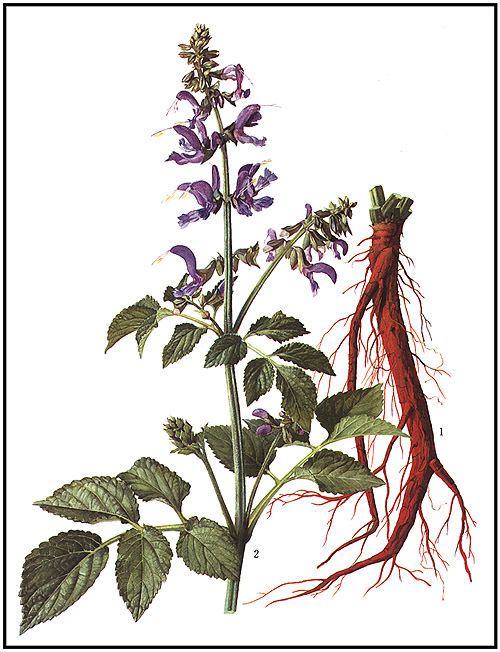 | ||
Similar American ginseng, Safflower, Huáng Qí, Asian Ginseng, Nut grass | ||
Salvia miltiorrhiza (simplified Chinese: 丹参; traditional Chinese: 丹參; pinyin: dānshēn), also known as red sage, Chinese sage, tan shen, or danshen, is a perennial plant in the genus Salvia, highly valued for its roots in traditional Chinese medicine. Native to China and Japan, it grows at 90 to 1,200 m (300 to 3,940 ft) elevation, preferring grassy places in forests, hillsides, and along stream banks. The specific epithet miltiorrhiza means "red ochre root".
Contents
- Description
- Uses
- In traditional Chinese medicine
- Chemical constituents
- Pharmacological mechanisms
- Drug Interactions
- References
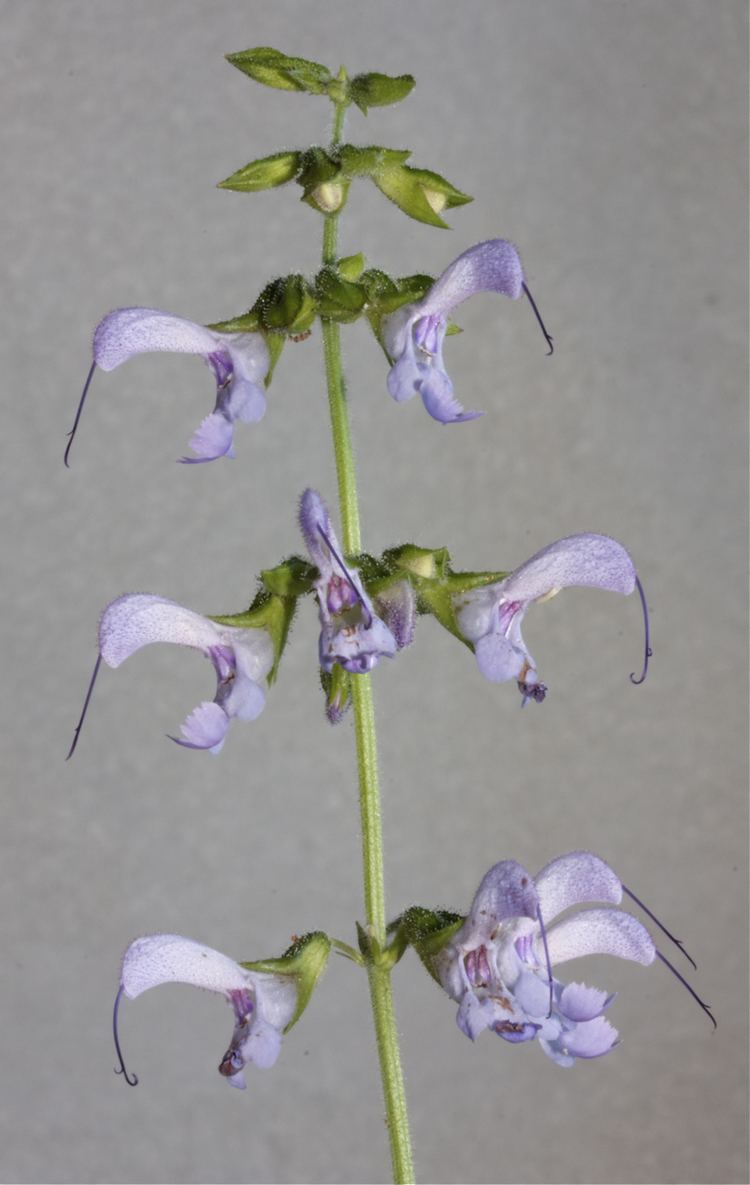
Description
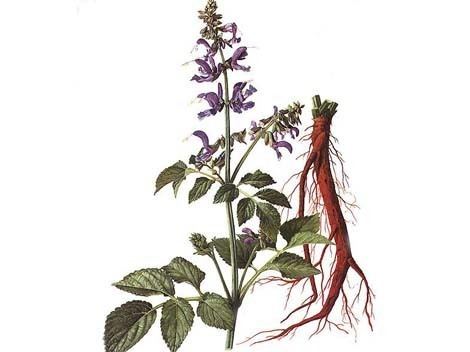
S. miltiorrhiza is a deciduous perennial with branching stems that are 30 to 60 cm (0.98 to 1.97 ft) tall, with widely spaced leaves that are both simple and divided. The 30 cm (0.98 ft) inflorescences are covered with hairs and sticky glands. Flowers grow in whorls, with light purple to lavender blue corollas that are approximately 2.5 cm (0.082 ft) long, with a dark purple calyx. Salvia miltiorrhiza prefers well draining soil, with about half a day of sunlight. It is hardy to approximately −10 °C (14 °F). Most Salvia seeds have a higher germination rate when exposed to light, though it is not required.
Uses
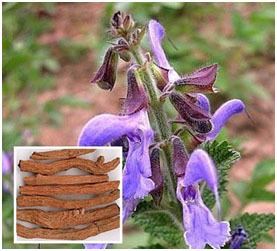
Salvia miltiorrhiza has been widely used in China and, to a lesser extent, in Japan, the United States, and European countries for the treatment of cardiovascular and cerebrovascular diseases. In China, Salvia miltiorrhiza (alone or combined with other Chinese herbal medicines) was applied to the treatment of variety of diseases such as angina pectoris, myocardial infarction, hypertension, hyperlipidemia, and acute ischemic stroke.
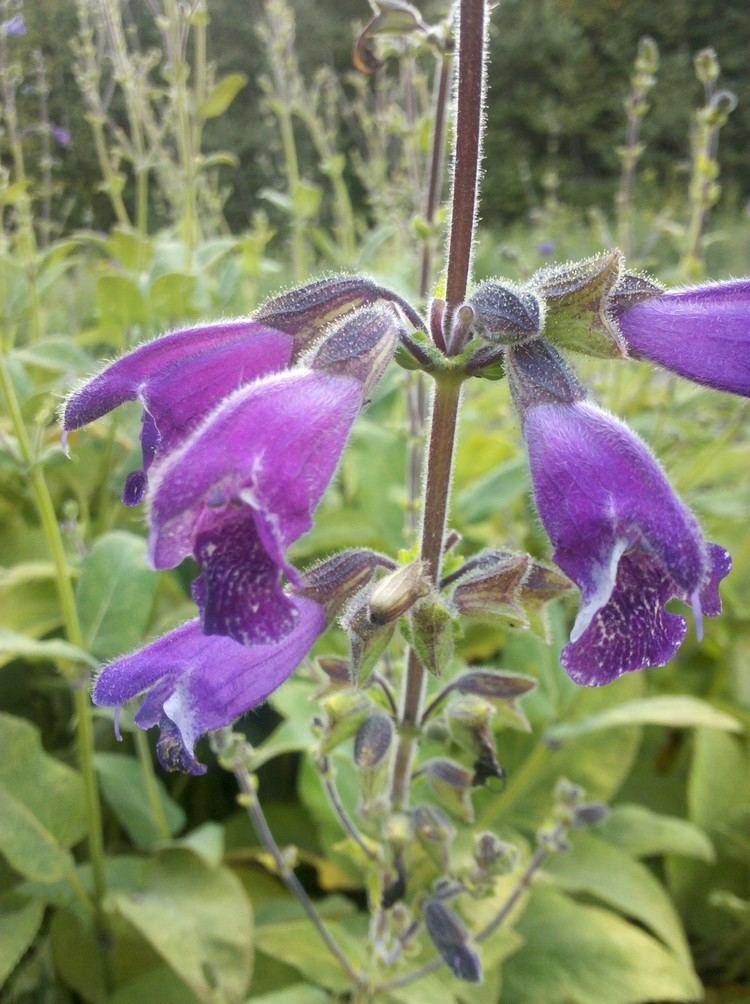
A patented Chinese herbal medicine has successfully completed Phase II clinical trials in the United States and will soon begin Phase III investigations, raising the possibility that it could become the first traditional Chinese medicine (TCM) product to obtain drug approval from the US Food and Drug Administration (FDA). The product, Compound Danshen Dripping Pill (also referred to as Cardiotonic Pill), is produced by Tianjin Tasty Pharmaceutical Co. Ltd. in Tianjin, China. It contains the extract of the root of danshen as well as extract of the root of notoginseng (Panax notoginseng; known as sanchi or tien-chi ginseng), and synthetic borneol, an active ingredient that replaces the more expensive natural borneol found in cardamom, ginger, and other spices.
In traditional Chinese medicine
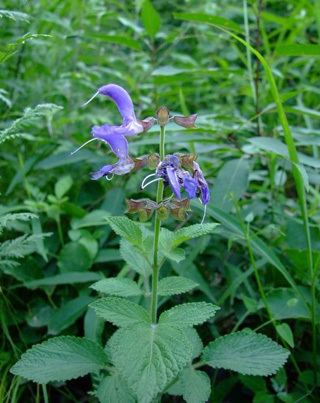
The outside of the taproot of Danshen, which is the part used in medicine is red. Danshen is widely used in traditional Chinese medicine for treating chronic renal failure. The root (Radix Salvia miltiorrhiza) is used with Kudzu root (Radix Puerariae lobata) for the treatment of coronary heart disease in Chinese medicine.
Danshen is one of five ingredients in tangzhiqing (TZQ) used in traditional Chinese medicine for treating diabetes. In studies with mice and in vitro studies, TZQ and a modified formula known as TZQ-F have shown positive results. The other ingredients of TZQ are red peony root, mulberry leaf, lotus leaf, and hawthorn leaf.
Chemical constituents
An antioxidant called salvianolic acid (or salvianolic acid B) isolated from Danshen is under study for protection against cerebrovascular disorders.
Dihydrotanshinone, tanshinone I, and tanshinone IIA are also under study for anti-cancer effects.
Tanshinone IIA is one of the most abundant constituents of the root of Salvia miltiorrhiza which exerts antioxidant and anti-inflammatory actions in many experimental disease models in laboratory animals, Tanshinone IIA (Tan IIA) has been widely used for various cardiovascular and cerebrovascular disorders in Asian countries. Tanshinone IIA might be a novel promising therapeutic agent for oxidative stress injury in neurodegenerative diseases. Tanshinone IIA may improve renal dysfunction associated with chronic kidney disease in rats. Tan IIA was effective for attenuating the extent of brain edema formation in response to ischemia injury in rats. Tanshinone IIA has been identified as a natural monoacylglycerol lipase (MAGL) inhibitor with an IC50 value of 48 nM. This has potential for the treatment of cardiovascular diseases and may be a good candidate for the treatment of Alzheimer's disease or other MAGL-associated diseases.
Pharmacological mechanisms
Results from animal and human studies support the use of Danshen for circulatory disorders to some extent because it is known to decrease the blood's ability to clot in at least two ways. First, it limits the stickiness of blood platelets. It also decreases the production of fibrin, the threads of protein that trap blood cells to form clots. Both these effects help to improve blood circulation. In addition, chemicals in danshen may relax and widen blood vessels, especially those around the heart. In animal studies, chemicals in danshen may also have protected the inner linings of arteries from damage. Some other research suggests it may increase the force of heartbeats and slow the heart rate slightly.
In animal studies, Danshen has appeared to interfere with the development of liver fibrosis — the formation of scar-like fibers in the liver. Because the nonfunctioning fibers crowd out active liver tissue, liver function decreases gradually as the amount of fibrous tissue increases. Having chronic hepatitis and habitually drinking large amounts of alcoholic beverages are the major causes of liver fibrosis, which could also result from exposure to chemicals or certain drugs. Danshen may also increase blood flow into the liver, so the length of time that potentially damaging substances stay in the liver may be reduced, also reducing the possible injury they may cause. Results from a few animal studies showed it may also protect kidney tissues from damage caused by diabetes. In China, danshen has also been studied for treating acute pancreatitis, a painful and possibly dangerous inflammation of the pancreas.
Salvia miltiorrhiza inhibits α-glucosidase activity.
Danshen may stop the spread of several different cancer cell types by interrupting the cell division process and also by causing cancer cells to undergo cell death (apoptosis). In contrast, the cerebrovascular protective effect of Salvianolic acid has been found to be due to prevention of apoptosis.
For HIV, chemicals in Danshen may block the effectiveness of an enzyme, HIV-1 integrase, that the virus needs to replicate.
Salvia may stimulate dopamine release and has protective effects against free radical-induced cell toxicity.
S. miltiorrhiza stimulates increased osteogenesis (bone cell growth) in vitro .
Salvianolic acid B could possibly facilitate the repair of tubular epithelial structures and the regression of renal fibrosis in injured kidneys.
Drug Interactions
Danshen has been shown to potentiate the effects of the common anticoagulation drug warfarin, leading to gross anticoagulation and bleeding complications.Therefore, danshen should be avoided by those using warfarin. Danshen causes in vitro interference when measuring digoxin levels when measured using Chemiluminescence Immunoassays (CLIA).
